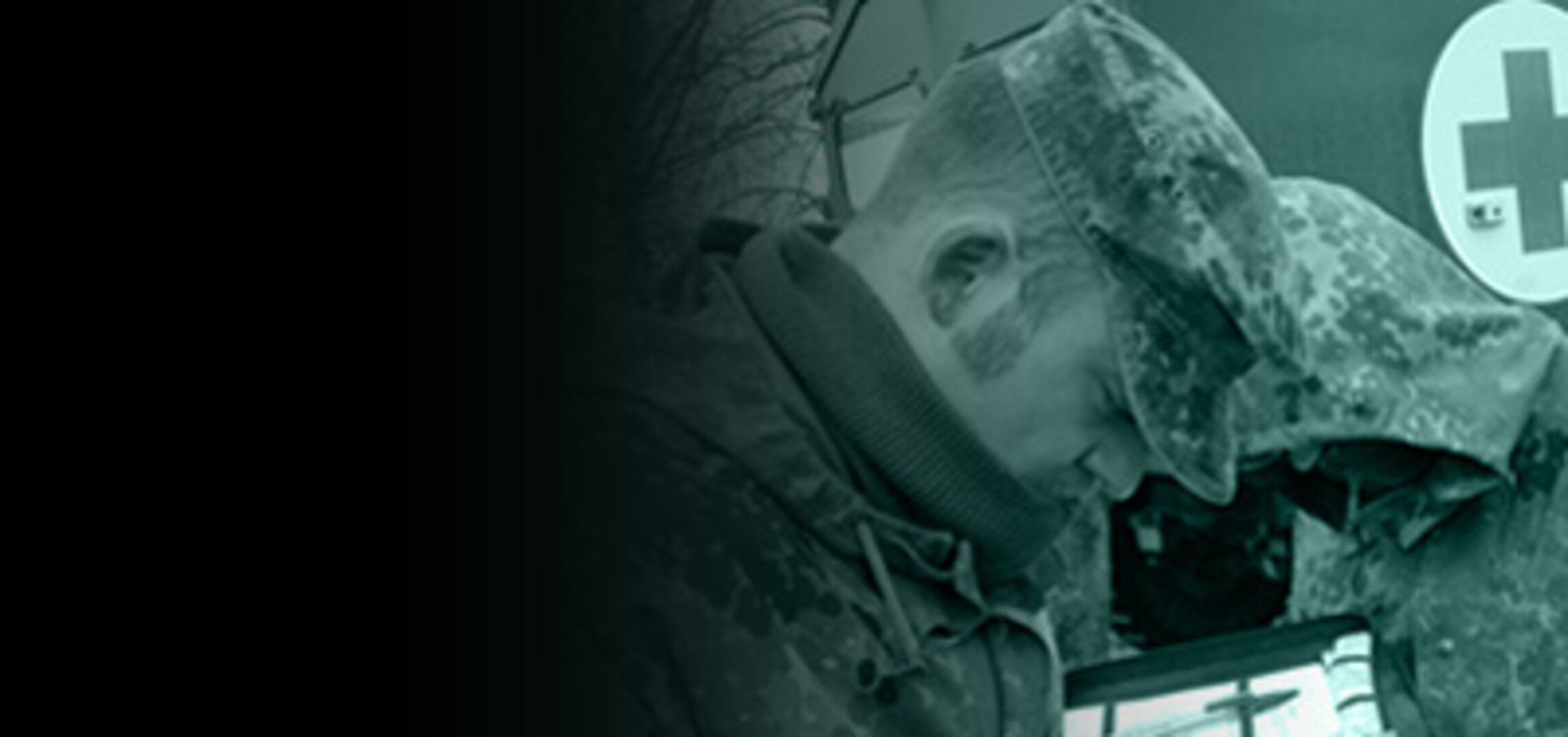Overview
The work done by humanitarian aid and development workers across the globe often summons them to uncharted territory. The regions of the world most vulnerable to natural disasters or crisis situations also tend to be the poorest, the remotest and the least well mapped.
The best maps available might well be decades old – this being a time when rapid urbanisation is changing the entire face of the developing world. Aid workers can find themselves planning either short-term emergency interventions or longer-term development programmes within what might as well be geographical blank spots.
Earth observation has the potential to make good this lack of data, yielding satellite imagery with high levels of both spatial and temporal resolution.
These images can serve as a source of reliable baseline geographical products suitable for operational planning, such as the speedy distribution of emergency food and medicine or deciding emergency evacuation routes for personnel.
Satellite imagery can also be integrated within standardised geographical information systems (GIS) software, to be supplemented with local knowledge gathered on the ground – such as road conditions, warehouse stocks or the current battlefronts within war zones.
A number of initiatives are taking place intended to increase the humanitarian and development communities' take-up of Earth observation products to satisfy their information needs.
Médecins Sans Frontières (MSF) is in the forefront of international aid groups, operating in more than 80 countries to deliver emergency medical assistance. MSF first employed Earth observation in Kenya in 1996, studying satellite images of Somali refugee camps in order to estimate the numbers requiring help.
MSF was also the end user of an ESA Data User Programme project called HUMAN, working with Belgian firm Keyobs 365 days a year to turn satellite data into digital or paper maps that can be easily read by operatives on the ground without needing any knowledge of Earth observation.
During the summer of 2003 MSF teams used a satellite-derived map of Monrovia to plan aid operations in and around the war-torn capital of the West African state of Liberia.









